Racial segregation through Jim Crow Laws is a dark point in American history that ended far too recently. The slaves were freed in 1873, yet black and white Americans were segregated in living memory. Why was there such a gap between emancipation and the end of segregation, and does any form of segregation still exist?
What year did segregation end?
Segregation in the sense of Jim Crow Laws and the physical separation of races in facilities and services ended in 1964. After almost 100 years of increased tensions and racial inequality, President Lyndon B Johnson signed the Civil Rights Act in response to the growth of a powerful Civil Rights Movement in the United States. This brought a huge change in the freedoms of black Americans, although inequality is still apparent in de facto segregation.
Table of Contents
ToggleHow Did Segregation Begin?
To better understand why it took so long for official segregation to come to an end, it helps to start from the beginning and see how it developed.
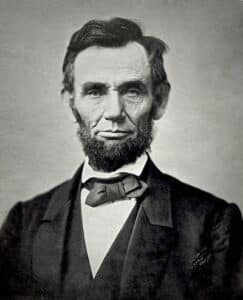
In 1863, President Abraham Lincoln issued the Emancipation Proclamation during the Civil War to ensure that slaves would be granted their freedom.
In 1865, this became an official part of the Constitution in the form of the 13th Amendment. Five years on, the 15th Amendment was adopted to allow for the right of black men to vote. This should have been the start of greater equality, but instead, segregation came into play across the country.
It all began in the Reconstruction Era following the Civil War. This was a time for mending division in the country and bringing the north and south back in line. While slavery was now illegal, there were still measures in place to prevent black Americans from receiving equal treatment. Over the latter part of the century, African-Americans were subjected to the rise of the Redeemers in the South, the formation of the Ku Klux Klan, new Jim Crow segregation laws, and greater disfranchisement.
It wasn’t just the South and the Republicans exhibiting racial discrimination towards colored people and further segregation. Democrats introduced state laws separating the races and fueling white supremacy. This continued from southern states to northern Union regions with the growth of segregated facilities and was in stark contrast to the Civil Rights Act of 1875, which banned racial segregation in accommodation.
Segregation in the Law and Constitution
The increase in these state laws meant that segregation was not only legal but the norm for a long time across America. It became a mandate of state constitutions, such as Florida’s, in 1885. Not long after, in 1896, the case of Plessy v. Ferguson went before the Supreme Court. The court upheld the notion that segregation was constitutional in “separate but equal” facilities. The idea here was that black and white Americans received the same service but in different places. Of course, this was far from reality.
Segregation in 20th Century America
The ongoing issues of segregation saw a growing divide between races in America, most notably in the south, where there were great threats of racism, violence, and lynchings. Many young educated black Americans fled to northern states in the Great Migration of 1920, after African-Americans faced unfair treatment in segregated units when fighting in the First World War.

Get Smarter on US News, History, and the Constitution
Join the thousands of fellow patriots who rely on our 5-minute newsletter to stay informed on the key events and trends that shaped our nation’s past and continue to shape its present.
Through the Depression and New Deal, not too much changed. Then in 1948, President Truman ordered the end of segregation in the military – after another world war conflict. Shortly after, the United States Supreme Court overturned the ruling on segregation in schools with the 1954 case of Brown v. Board of Education. Things were changing, but it would take a bigger civil rights movement to make significant legal changes and desegregation a reality in the United States.
The Civil Rights Movement of the 1960s
In the mid-century, there were still high levels of segregation across all kinds of industries and areas of public life. It had become the norm in many regions for black Americans to be denied services or take their place behind white Americans. This continued at a time when black entertainers and actors were celebrated for their talents but were unable to attend events and ceremonies due to racial discrimination.

In the 1960s, the Civil Rights Movement grew with the help of activists and speakers such as Martin Luther King. Away from the rallies and speeches about the need for equality, there were more active protests and acts of defiance that went against the laws of segregation. Black students sat at lunch counters reserved for white students and patrons and wouldn’t leave. Black people sat in the front seats of buses instead of moving to the back as was customary. Rosa Parks was the most famous African American to do so.
The movement gained momentum throughout the decade and was punctuated by the assassination of Martin Luther King in 1968. During this period, new laws came into effect, improving the rights of African-Americans and allowing for the end of segregation as it stood.
The Civil Rights Act of 1964 ended the Jim Crow Laws. The Voting Rights Act soon followed this in 1965 and the Fair Housing Act of 1968. Meanwhile, landmark cases highlighted the unlawful nature of Jim Crow, such as Heart of Atlanta Motel, Inc. v. United States in 1964.
De Jure Segregation vs. De Facto Segregation
While 1964 marked the official end of segregation, many would argue that it never truly disappeared. There is a big difference between de jure segregation and de facto segregation. De jure segregation relates to those laws and expectations of physical segregation in establishments, public transportation, higher education, public schools, and other situations. It is the more clear-cut example where we see the deep racial divide. This ended once the laws were abolished.
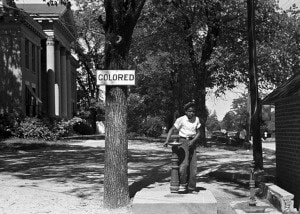
However, there is also the issue of de facto segregation. This is segregation, where you see a divide in communities and the use of facilities by geographical location and socioeconomic status. While there may not be any law in place forcing black and white people apart, that doesn’t mean there isn’t some separation. De facto segregation exists in many cities today, often with black people and other minority Americans inhabiting poorer or more deprived areas.
The End of Enforced Segregation
Enforced segregation ended in the 1960s with the signing of the Civil Rights Act and the end of the Jim Crow Laws. But, continued disparages in funding, representation, and other social and economic perks still lead to a racial divide where segregation remains in a different form.
How useful was this post?
Click on a star to rate it!
Average rating / 5. Vote count:
No votes so far! Be the first to rate this post.
We are sorry that this post was not useful for you!
Let us improve this post!
Tell us how we can improve this post?





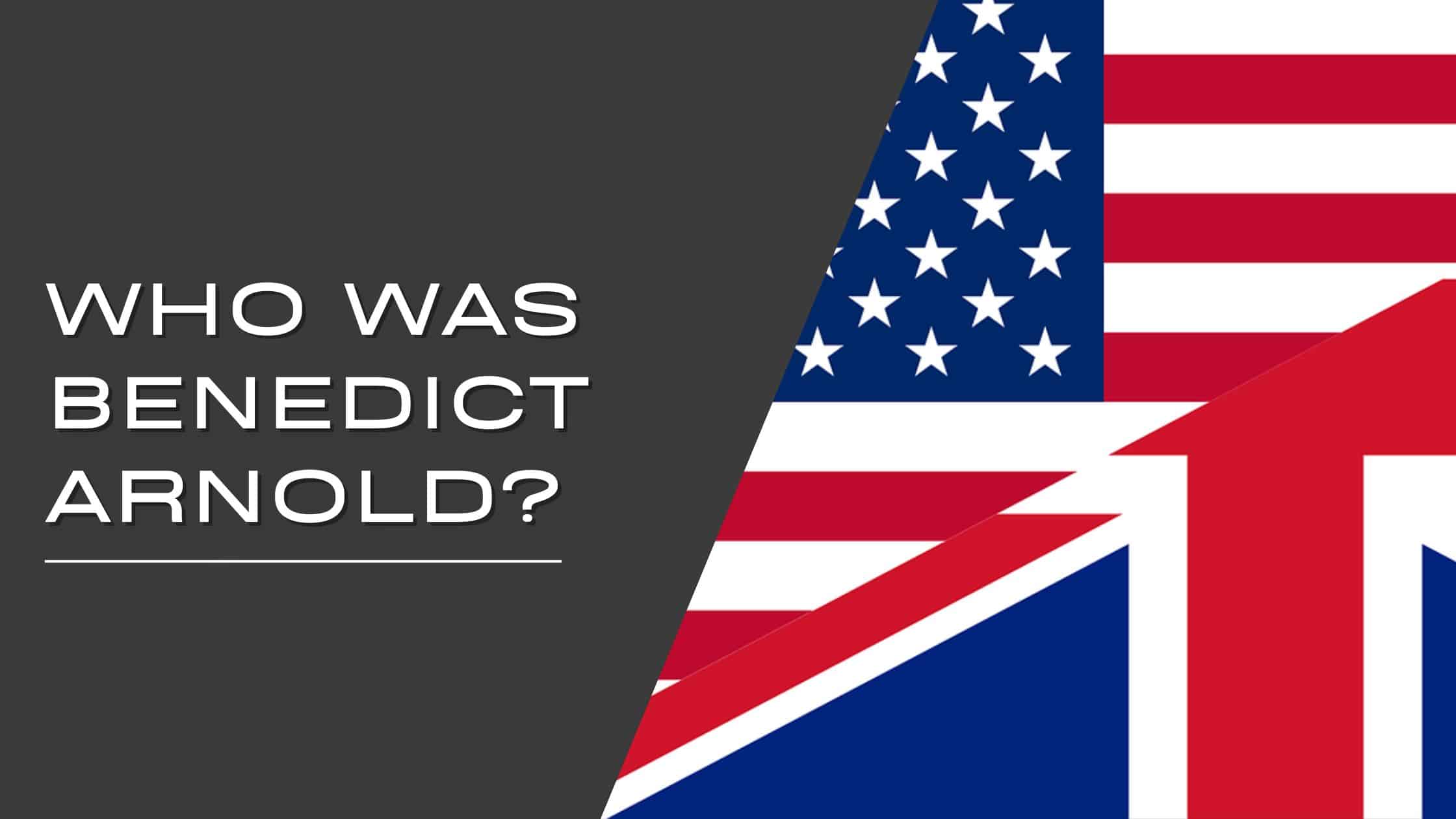
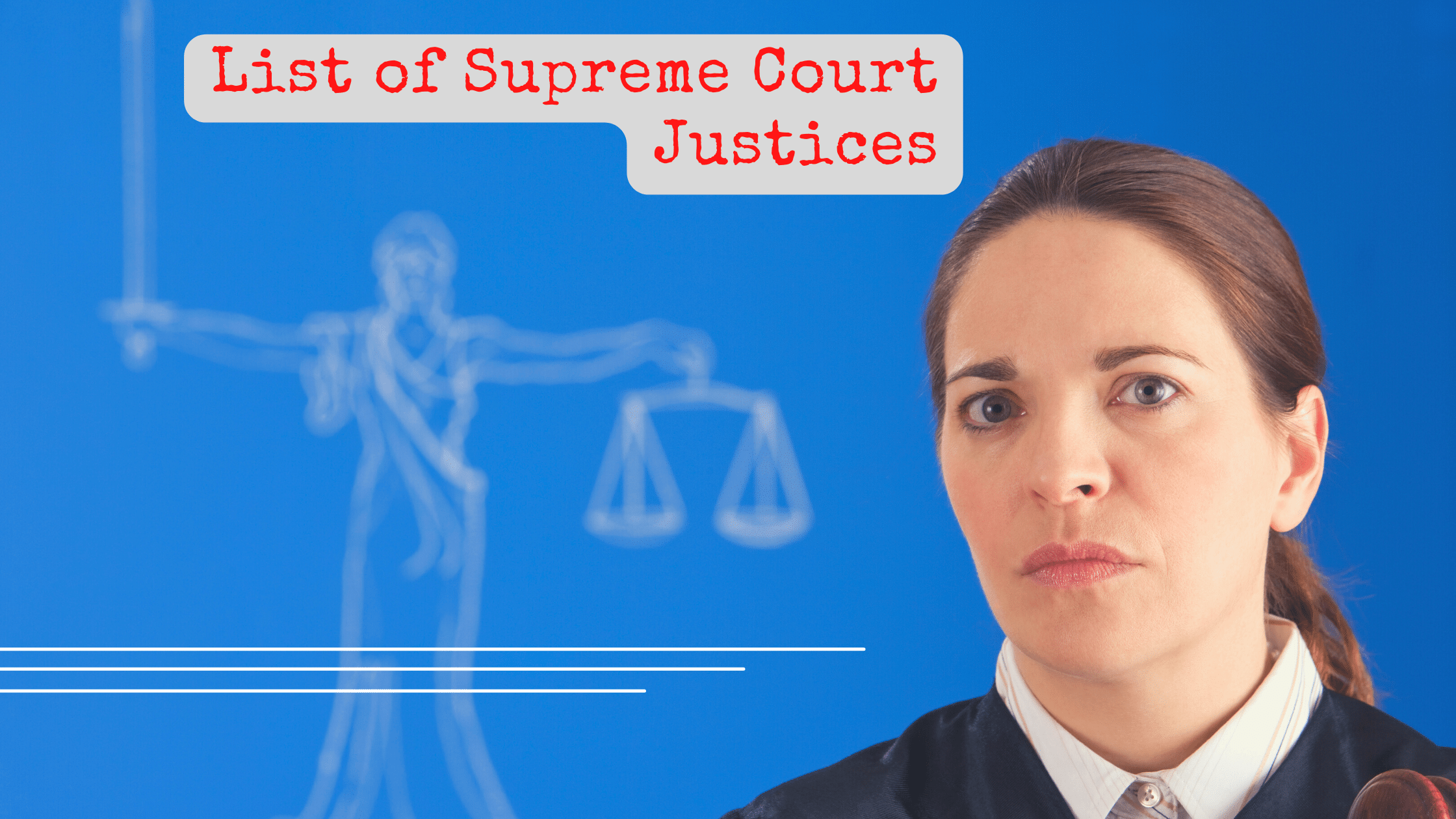
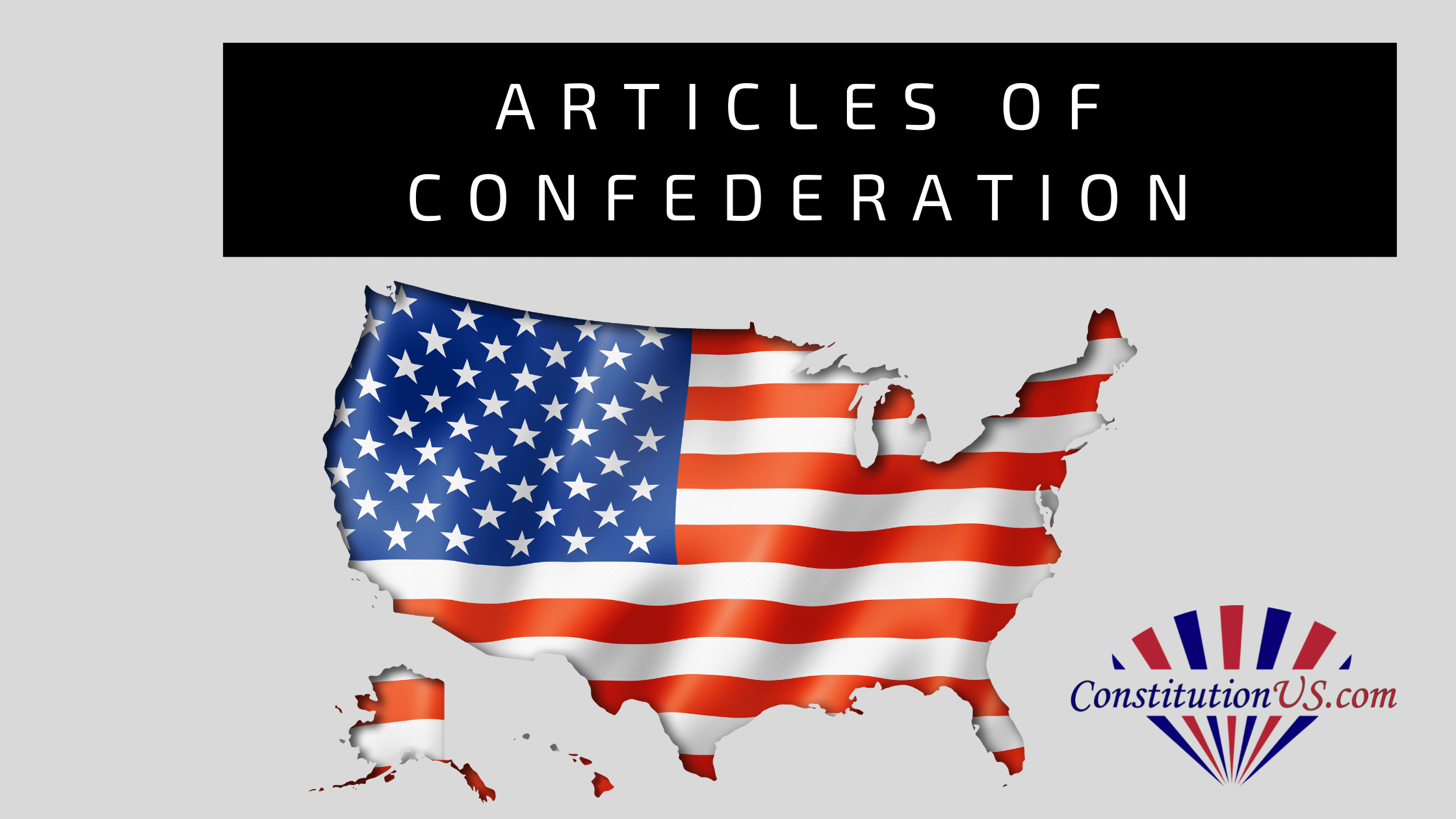
One Response
this was very informative it help fully comprehend recial problems in america